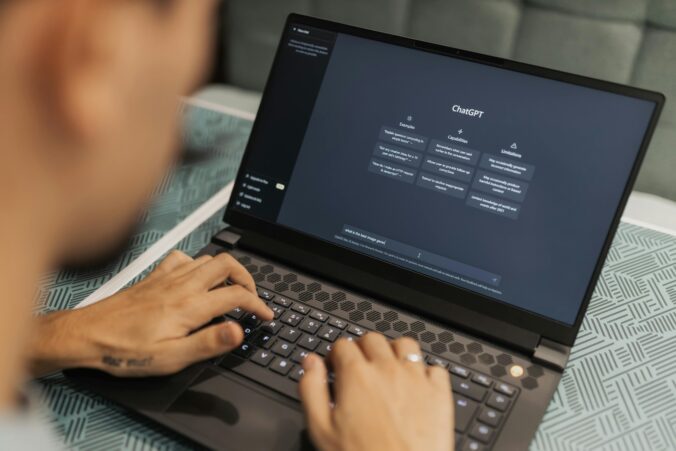Activity 1 (Part One): Getting Comfortable with AI
This activity follows a constructivist learning theory and aligns with Learning Objective 1: Use AI to enhance creativity, brainstorm ideas, and design lesson/unit plans.
Activity 1 is designed to get those new to AI comfortable with using it. The first part of this activity highlights AI’s creative potential while allowing the learner to cater prompts toward their interests, making it fun. Through highlighting AI’s creativity, the learner can understand how it can support and enhance teachers’ ideas, rather than replacing them.
Instructions:
- Copy and paste the prompts below into CHATGPT one at a time.
- Customize the prompts by filling in the italicized sections.
- Have fun looking at the answers!.
a) For a hobby of interest: Give me a list of 5-10 things to do for someone who enjoys (your hobby: ie: swimming, baking, drawing etc).
b) For a food of interest: Provide me a (choose 1) dinner, lunch, breakfast recipe that includes (your favourite food: ie: watermelon, curry, greek food, smoothies etc.)
c)For books or songs of interest: Generate a list of (choose one) music artists, books for someone who loves (your favourite song or favourite book: ie: All Too Well by Taylor Swift).
d)For a country of interest: Give me inspiration for unique activities to do while visiting (insert country: ie: Italy) for (insert duration of trip: ie: 2 weeks) with a group of (number of people on trip: ie: 4 people) of the age of (insert age: ie: 21-25)
Reflection
After completing the prompts, please respond to the Google Forms question below to evaluate your learning.
Activity 1 (Part Two): Using AI in the Classroom
After seeing that AI can be fun and personal you now see how AI can be fun and helpful in the context of a classroom. This makes using AI less daunting in the classroom.
Instructions:
- Copy and paste this paragraph into CHATGPT, replacing the italicized words accordingly.
- Take note of the results as they can be used in your classroom in the future!
Give me (insert desired number of activities: e.g., 5) activities to do with a class of (insert class size: e.g., 23) students in (grade level: e.g., grade 4) on the topic (topic you are teaching: e.g., photosynthesis) in (subject: e.g., science). The activities are designed to be completed as (choose one: stations, a whole class, small groups, or individually). Please provide alternatives for students who (insert an individual need you come across in your classroom: e.g., have ADHD and benefit from visual learning).
Give me (insert number) activities to do with a class of (class size) students in (grade level) on the topic (topic) in (subject). The activities are designed to be done as (choose: stations/whole class/small groups/individually). Please provide alternatives for students who (insert an individual need you encounter).
Please complete the Google Forms question below to evaluate your learning.

